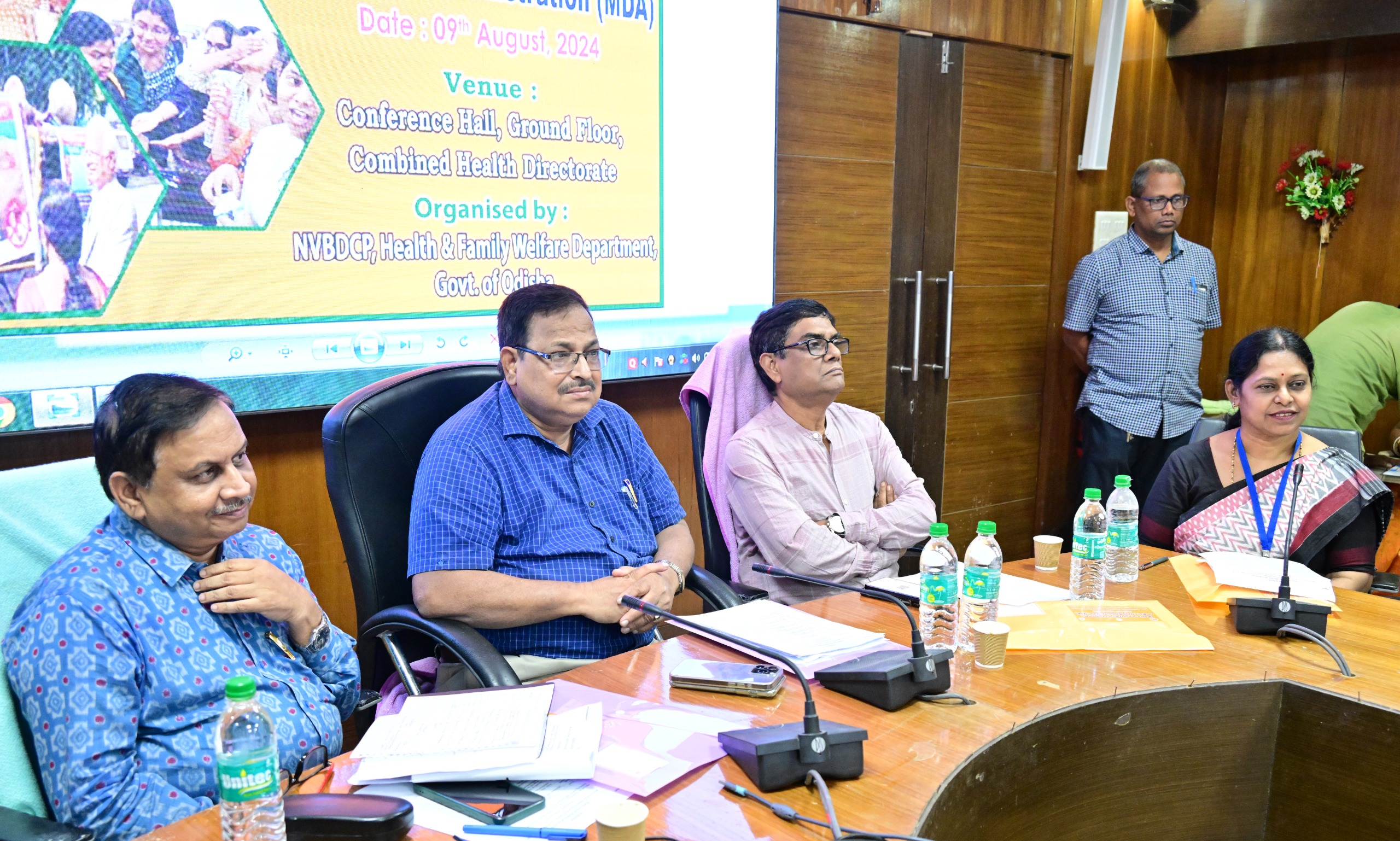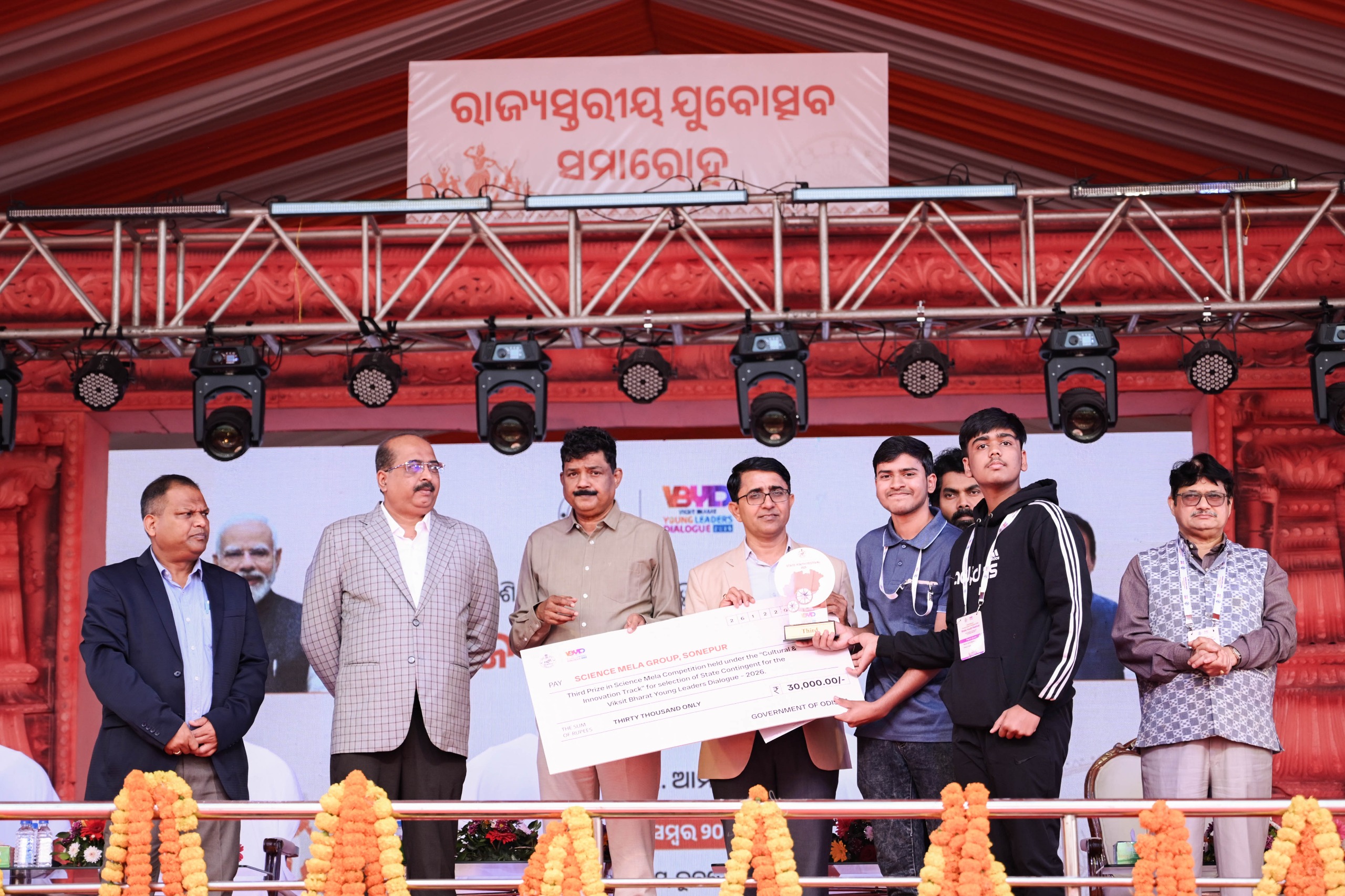Bhubaneswar: The Department of Health and Family Welfare, Government of Odisha, is set to launch a Mass Drug Administration (MDA) campaign aimed at eliminating Lymphatic Filariasis in the state. The campaign will run from August 10 to August 19, 2024, across 11 districts. A media sensitization workshop was held today in the Conference Hall of the Directorate of Public Health, where health officials provided crucial details about the initiative.
During the workshop, Dr. Nilakantha Mishra, Director of Public Health, Odisha, outlined the goals of the MDA program. He emphasized the state’s commitment to India’s target of eliminating filariasis by 2030. “Under the National Lymphatic Filariasis Elimination Program, we are conducting MDA rounds coinciding with the second round of the National De-Worming (NDD) Programme. This initiative will cover 197 Implementation Units (IUs) across 11 districts, focusing on administering triple drug therapy—DEC, Albendazole, and Ivermectin—to the target population,” Dr. Mishra stated.
The districts involved in the campaign include Angul, Bargarh, Dhenkanal, Ganjam, Jajpur, Jharsuguda, Keonjhar, Mayurbhanj, Sambalpur, Sonepur, and Sundargarh. The program aims to reach 1.93 crore individuals, with approximately 77,291 drug administrators (DAs) and 77,000 supervisors mobilized to ensure at least 90% of the target population consumes the medicine under direct supervision.
Dr. Bijaya Ku Mohapatra, Director of Health Services, Odisha, highlighted the importance of collaboration in achieving the campaign’s objectives. “To eliminate lymphatic filariasis, it is essential to engage all resources and ensure that the target population is reached effectively. ASHA workers, Anganwadi workers, Self-Help Groups (SHGs), and other volunteers have been enlisted to help administer the MDA drugs,” Dr. Mohapatra explained.
Dr. Amarendranath Mohanty, Director of the State Institute of Health & Family Welfare, Odisha, stressed the need for community compliance and sustained monitoring to make Odisha filariasis-free. He urged the media to play an active role in disseminating accurate information and mobilizing the community.
Dr. Pravakar Sahu, Additional Director of Vector Borne Diseases (VBD), provided insights into the severity of lymphatic filariasis, commonly known as “Hathipaon disease.” He explained how the disease, spread by mosquito bites, can lead to long-term disability if left untreated. “The disease severely impacts the livelihoods and working capacity of those affected, often leading to social stigma. However, it can be prevented by taking the prescribed anti-filarial drugs,” Dr. Sahu noted.
Additional Director of Public Health, Dr. Prameela Baral, spoke about the additional benefits of the anti-filarial drugs, particularly for children. “The drugs, such as Albendazole, not only prevent filariasis but also aid in de-worming, which enhances nutrient absorption and promotes physical and cognitive development in children,” she said.
Dr. Suchitra Sasmal, Senior Regional Director, Health and Family Welfare, Government of India, addressed concerns about potential side effects of the drugs. “While minor side effects like itching and nausea may occur due to the antigen released from killed parasites, these symptoms indicate that the treatment is working. The benefits far outweigh the temporary discomfort,” Dr. Sasmal reassured.
Special Secretary (Public Health), Dr. Jeetendra Mohan Beborta, emphasized the crucial role of community participation in the success of the program. “For the elimination of filariasis, it is vital that public representatives, officials, health workers, and the community come together to make this program a public movement,” Dr. Beborta said.
The campaign is supported by various government departments, including Panchayati Raj, School & Mass Education, Higher Education, Mission Shakti, Women & Child Development, Industries, Steel & Mines, and SC & ST Development. The state aims to achieve more than 90% drug coverage through this coordinated effort.
The August 2024 MDA program will reach 1,93,22,919 individuals, with a concerted effort to eliminate lymphatic filariasis from Odisha, contributing to the national goal of eradicating the disease by 2030.




